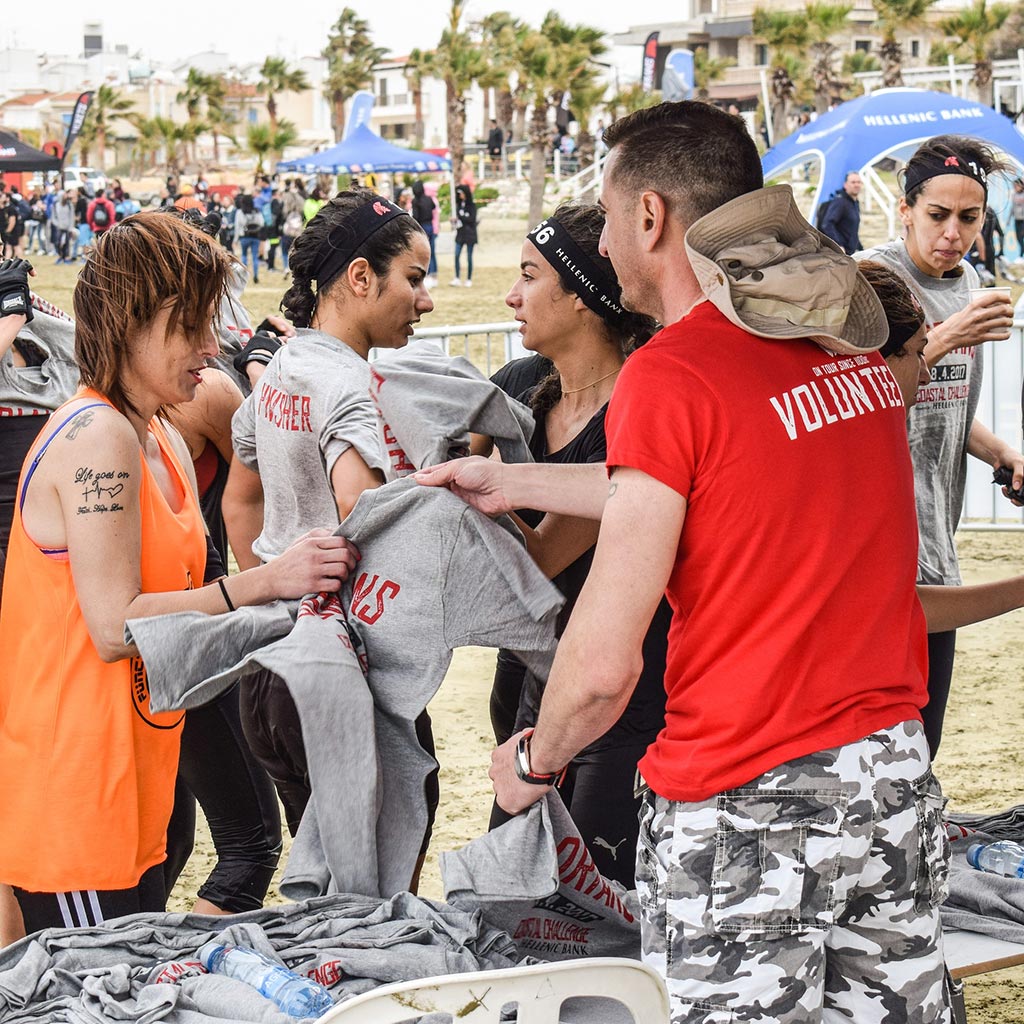Institutional Frameworks of Volunteering
Back to: Volunteering
Volunteers actively participate in societal and political life. They are indespensible parts of many social and welfare services across Europe. To understand what kind of roles they play we have to take a look at the institutional frameworks in which volunteering is implemented.
A distinction can be made between traditional and new forms of volunteering and their institutional frameworks:
Gender specific differences
A German study of 20021 showed that there are major differences between male and female volunteers referring to the type of activities they perform: Whereas men ore overrepresented in all kinds of social-organisational, administrative and political tasks a considerable higher number of women work in classical social fields of volunteering: They are directly involved with seniors, handicapped people or refugees and asylum seekers and they volunteer in hospitals, children’s homes or neighbourhood communities.
It could be found as well that more males are involved when a position offers a higher hierarchical position, status and social recognition. Females, in contrast, are mostly represented in direct social help and support on a level lacking power and recognition.
